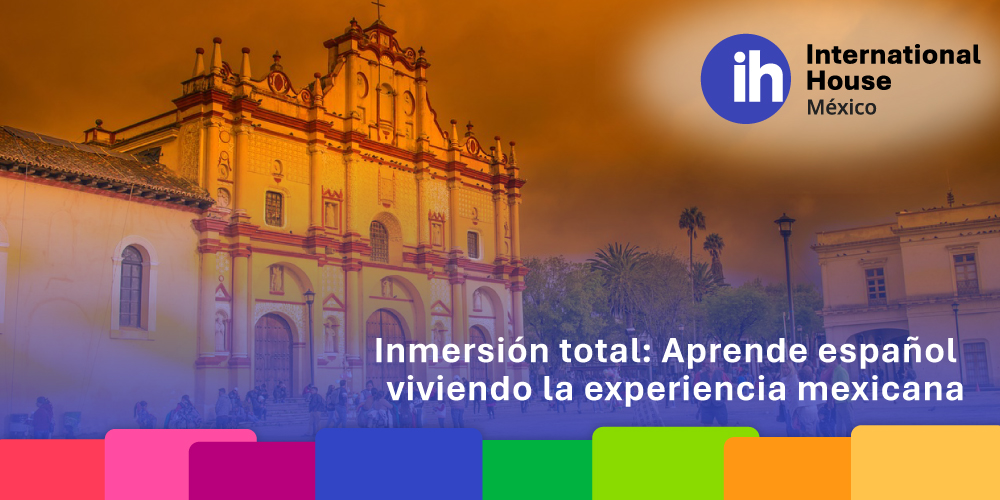If you are looking to learn the language, study conjugations in Spanish is one of the pillars to achieve it. In fact, it is one of the main topics that they teach you when you enter Spanish courses.
Conjugation is what makes it possible for a verb to be expressed in different ways. In the Spanish courses you will learn that conjugation refers to the order of all verb forms, after adding the morphemes of person, number, time and mood to the lexeme of the verb, which we will explain below:
- Person: It is the person who performs or suffers a certain action expressed by the verb. They are classified in first, second and third person.
- Number: It can be one or more people. It is classified as singular or plural.
- Time: It refers to the moment in which an action happened (past, present, future).
- Mode: It is the attitude of the person before the action of the verb. It is classified as indicative, subjunctive and imperative.
What do I need to know to study Spanish conjugations?
In the Spanish classes you will learn that a verb can be modified in different ways by different models, known as verbal conjugations, inflections or verbal paradigms.
In the Spanish language there are 3 ways to conjugate a verb, which are:
- Ar
- Er
- Ir
First Spanish conjugation (-ar)
- This conjugation is applied to those verbs that end with the suffix “ar”.
- The first conjugation corresponds to the verbs that end with the suffix “ar”. For example, verbs in the infinitive. In the following examples we will use the word “estudiar”.
- Its thematic vowel is “a”. For example, “Jorge estudi-a-ba en una Spanish school en Oaxaca“
- The participle in the first conjugation is as follows: root + ado. For example, “Luis ha estudi-ado Spanish courses en Riviera Maya“
- The structure of the gerund in the first conjugation is: root + ando. For example, “El niño está estudi-ando Spanish classes in Mexico City“.
Second Spanish conjugation (-er)
- This conjugation is applied in those verbs that end with the suffix “er”. For example, aprender.
- Its thematic vowel, therefore, is the “e”. For example, “Ellos aprend-e-n muy rápido en las Spanish schools“.
- The structure of the participle is: root + ido. For example, “María ha aprend-ido español”.
- The structure of the gerund is: root + iendo. For example, “Pedro está aprend-iendo a hablar español”.
Third Spanish conjugation (-ir)
- This conjugation is applied to those verbs that end with the suffix “ir”. Let’s use the word “asistir” as an example:
- The thematic vowel is “i”. Then it would be: “Víctor asist-i-rá a una Spanish school en México “.
- The structure of the participle is as follows: root + ido. So it would be: “Pedro ha asist-ido a cursos de español”.
- The structure of the gerund is: root + iendo. So it would be: “Mayra está asist-iendo a Spanish courses en Oaxaca“.








